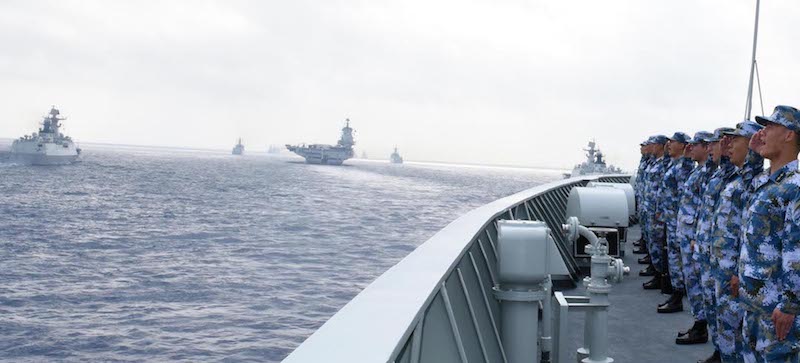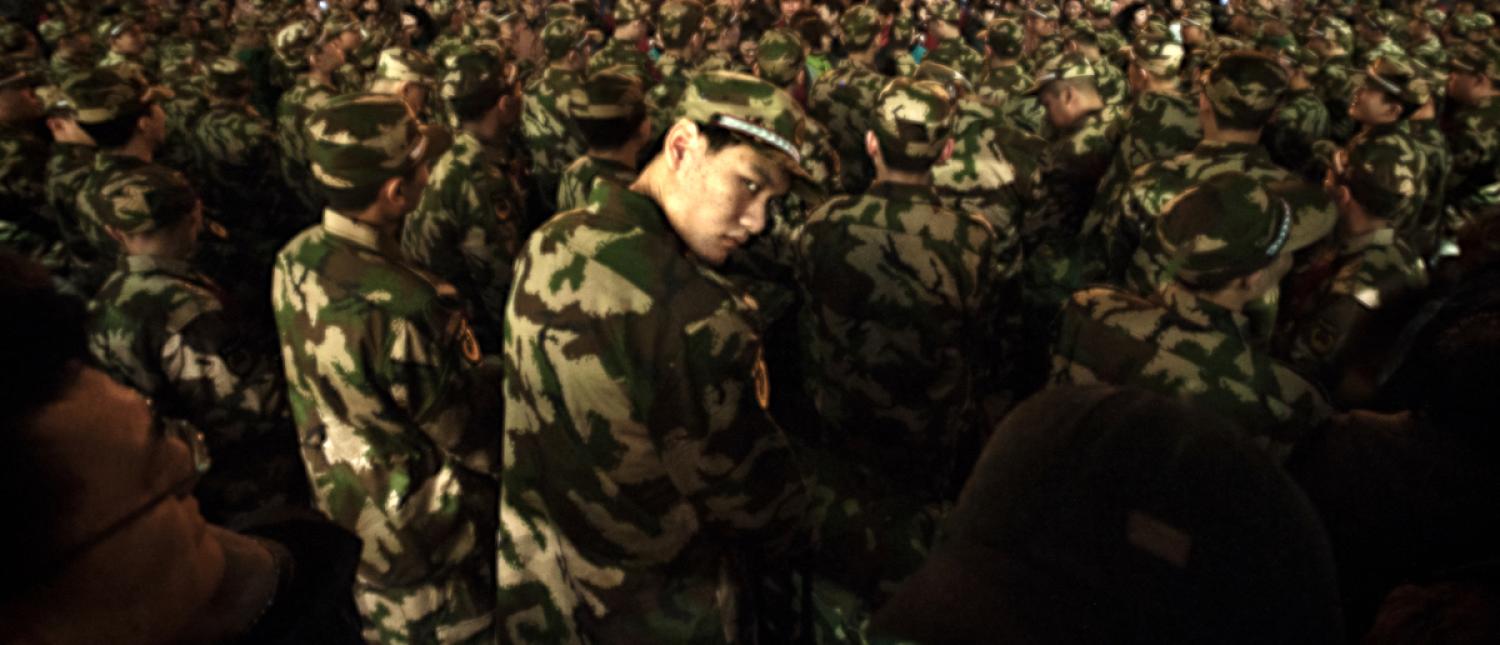The past week says a lot about the quagmire that Chinese President Xi Jinping has found his country in, as his American counterpart Donald Trump has shown no sign of de-escalating the trade war rhetoric.
It also offers a glimpse into the most powerful post-Mao leader’s political and strategic judgments, showing his willingness to realign despite long-standing historical animosities.
In the most dramatic scene, he rolled out the red carpet in Beijing for Japanese Prime Minister Shinzo Abe, a man of whom he had been wary and distrustful since he became China’s leader in 2012.
Officially, Abe’s three-day summit in China – the first for a Japanese leader in seven years – was designed to be the climactic moment celebrating the 40th anniversary of the normalisation of Sino-Japanese ties, when late paramount Chinese leader Deng Xiaoping travelled to Tokyo and signed a treaty of peace and friendship.
Prime Minister Abe and President Xi Jinping held a summit meeting in Beijing. The meeting as well as PM Abe’s visit mark one of the highlights of the 40th anniversary of the friendly relationship between the two nations. pic.twitter.com/dzJSYlgKpa
— PM's Office of Japan (@JPN_PMO) October 26, 2018
Underlining the Sino-Japanese rapprochement was a deepening sense of anxiety, especially on the part of Beijing, amid the Trump administration’s anti-globalist, anti-China policies.
Underlining the Sino-Japanese rapprochement was a shared, deepening sense of anxiety, especially on the part of Beijing, amid the Trump administration’s anti-globalist, anti-China policies.
In a joint statement, China and Japan went beyond the call for warm bilateral relations, but also pledged to build a system of “free and fair trade”. They also signed what is to Japan the biggest ever currency swap agreement, by which the two sides could, at least in theory, lower the dependency on the dollars while conducting bilateral trades.
Just weeks before the national flags of the one-time warring enemy were flown outside the Tiananmen Square to welcome Abe, Chinese officials were watching with consternation the hawkish speech made by US Vice-President Mike Pence.
Among other things, Pence accused China of waging a “whole-of-government” campaign to erode American industrial advantages and steer voters away from the Republican Party in the midterms. He also accused Beijing of attempting to push the US military from the Western Pacific and buy off Latin American countries with “debt diplomacy.”
Some in China’s foreign policy community have since continued to study it, and compared it with Winston Churchill’s “Iron Curtain” speech in 1946, according to Bloomberg. They were trying to determine whether Pence’s speech, too, marks the start of a Cold War between two world powers.
It is against this backdrop – coupled with the multibillion-dollar tariffs already, or about to be, imposed on Chinese goods that are set to deal a blow to China’s economic growth – that China is forced into strategic realignments.
South China Sea drill
Apart from pushing the old foes of China and Japan together, Trump is also making inroads in strengthening China’s naval collaboration with its once wary Southeast Asian neighbours.
In a little-noticed move, America’s most reliable ally in Southeast Asia, Singapore, co-hosted the first ever joint naval exercise between China and the 10 countries of the Association of Southeast Asian Nations (ASEAN).
China, Singapore, Brunei, Thailand, Vietnam, and the Philippines sent warships to take part, while Cambodia, Indonesia, Malaysia, and Myanmar sent observers.
To agree to a collaborative approach to maritime affairs would have been unthinkable for insiders of China’s military apparatus just a couple of years ago, when China fiercely dismissed a 2016 ruling by the international arbitration court in The Hague that said there was no evidence that China had historically exercised exclusive control over the waters or resources.
Since then, China asserted its “indisputable sovereignty” and sped up the pace of militarisation in the South China Sea, building air bases on artificially constructed islands in moves that greatly alarmed Southeast Asian neighbours.
The political symbolism of the China-ASEAN maritime field exercise, therefore, should not be underestimated. As Vice-Admiral Wang Hai, Commander of Naval Force of China’s Southern Theatre Command, said during the closing ceremony, the exercise showed:
A new level of strategic cooperation between China and ASEAN ... Together, we compose a new chapter for the pragmatic naval exchange among countries surrounding the South China Sea

Xi’s deputy in Middle East
Though short of a new chapter, Xi’s dispatch of his right-hand man – Vice-President Wang Qishan – to four Middle East countries since last week is also noteworthy, not least because Wang had been rumoured to be one of the core decisionmakers when it comes to China’s response to the US trade war. (Months before he was appointed vice-president, Wang - who was the anti-corruption commander-in-chief at the time, made the unusual move of meeting Steve Bannon in Beijing in September 2017.)
Wang’s first stop in the Middle East was Israel, becoming one of the most senior Chinese officials to visit Israel since the countries established diplomatic relations in 1992.
China has been hoping to acquire sensitive technology from Israel now that the US is tightening its export to China. Israel’s Prime Minister Benjamin Netanyahu, on the other hand, has declared it a supreme goal to achieve a free-trade agreement with China in 2019.
For now, Israel would remain a core US ally. But Netanyahu’s embrace of China “One Belt One Road” initiative, for instance, is in some ways a slap on the face of the Trump administration, which cited China’s global geostrategic plan as a threat to the world order.
For the US, its anti-China trade policies without securing commitment from traditional allies in East Asia, Southeast Asia, and even the Middle East are allowing China to, at least for now, manoeuvre and realign.


